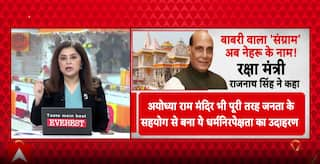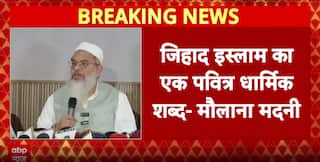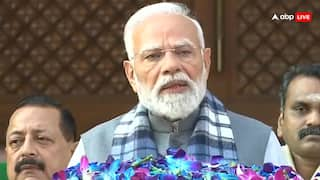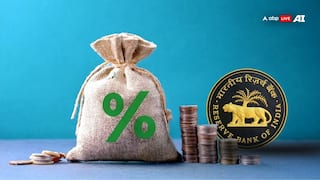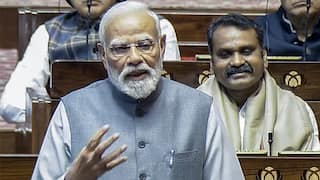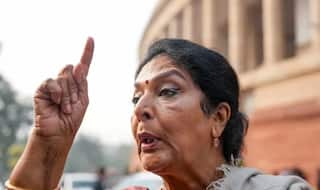ABP News-CVoter Opinion Poll: BJP Set To Sweep Ladakh As UT Goes To Polls For First Time After Separation From J&K
ABP-CVoter Survey: The predicted vote share for Ladakh is 44 per cent for the BJP-led NDA, 41 per cent for the UPA bloc, and 15 per cent for others.

The opinion poll conducted by ABP News in association with CVoters predicted a clear majority for the BJP-led National Democratic Alliance in the Union Territory of Ladakh. As per the survey findings, NDA will secure one lok sabha seat, while opposition will get zero in the general assembly polls in Ladakh. In the 2019 Lok Sabha elections, BJP secured the one seat.
On the other hand, the predicted vote share for Ladakh is 44 per cent for the BJP-led NDA, 41 per cent for the UPA bloc, and 15 per cent for others.
The residents of Ladakh have been advocating for safeguards for Ladakh under the sixth schedule of the Constitution and statehood from the central government. A recent series of discussions between the central government and a sub-committee comprising leaders from Ladakh took place, but no significant progress was made.
In 2019 Lok sabha elections, the BJP candidate and Chief Executive Councilor (CEC) of Ladakh Autonomous Hill Development Council (LAHDC), Jamyang Tsering Namgyal, narrowly clinched victory by approximately 10,000 votes in a closely contested election against independent candidate Sajjad Hussain Kargili.
Kargili was supported by the National Conference (NC), People’s Democratic Party (PDP), and the influential Islamia School, Kargil (ISK), was the main contender.
In 2019 polls, the Ladakh Lok Sabha constituency, consisted of a total of 559 polling stations, with 294 in Leh and 265 in Kargil. These polling stations catered to a combined electorate of 171,819 voters.
[Disclaimer: Current survey findings and projections are based on CVoter Opinion Poll Computer Assisted Telephone Interview (CATI) conducted among 41,762 adults, all confirmed voters. The surveys were conducted from February 1 to March 10, 2024. The data is weighted to the known demographic profile of the States. Sometimes the table figures do not sum to 100 due to the effects of rounding. The final data has socio-economic profiles within +/- 1% of the demographic profile of the states. We believe this will give the closest possible trends. The sample spread is across all 543 electoral constituencies in the country. The margin of error is +/- 5% and the vote share projections have been done with 95% confidence interval.]









